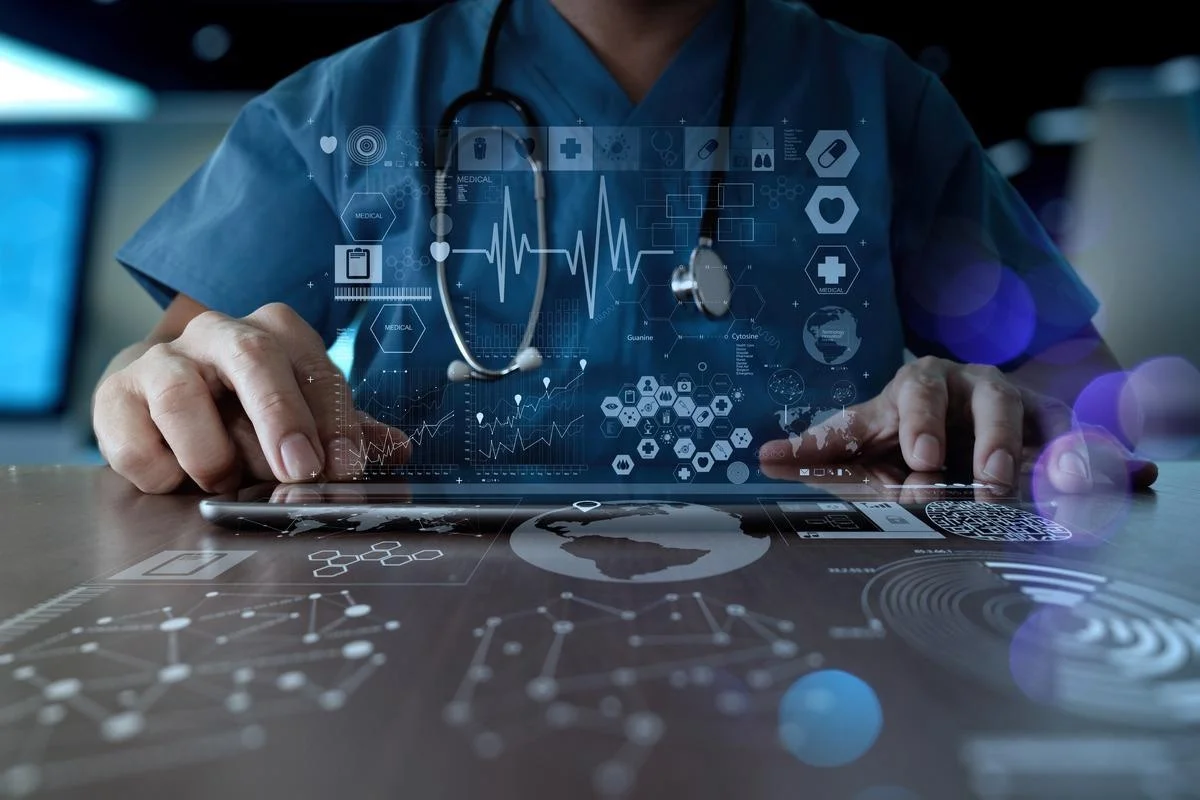Tech Innovations in Healthcare – A Comprehensive Overview

Tech innovations have had a huge impact on healthcare. These include stethoscopes, eyeglasses, antibiotics and vaccines that have saved billions of lives.
But what about the future of healthcare? Are healthcare specialists ready to embrace the most promising technology trends? Read on to find out.
Artificial Intelligence
The promise of AI in healthcare is wide-ranging. From speeding up drug discovery to improving medical diagnostics, the technology is poised to change the way patients receive treatment.
For instance, AI could help reduce the number of people who are misdiagnosed because they’re suffering from diseases that mimic common symptoms. This is an area where Johnson & Johnson has been working, with partners like Anumana for pulmonary hypertension and Ultromics Ltd. for cardiac amyloidosis, to develop specialized AI algorithms to help clinicians detect these conditions at earlier stages.
AI tools could also streamline administrative tasks, freeing up time for medical professionals to focus on patient care. This can include helping them spot errors in how patients self-administer medication (like insulin) or detecting the early signs of infection.
Machine Learning
ML algorithms help doctors and healthcare providers make accurate diagnoses, personalize patient care, and find novel solutions to decades-old problems. These algorithms can be used to improve medical imaging and monitoring, speed up drug discovery, and enhance language processing tools.
ML-based technologies can also streamline administrative tasks like appointment scheduling and medical coding, freeing up healthcare providers to focus on patient care. Moreover, these systems can be used to reduce healthcare costs and improve patient outcomes.
Telemedicine
Telemedicine is a great tool to use in the healthcare industry as it allows patients to connect with their doctors remotely and receive treatment without leaving home. This technology can help alleviate overcrowding in emergency departments and improve care for patients with chronic conditions.
Patients can save money on travel and childcare expenses by using telemedicine. They can also avoid waiting in congested waiting rooms and the spread of germs by meeting with a doctor online.
Additionally, telemedicine can allow doctors to see more patients and increase revenue. This is especially helpful during natural disasters when the healthcare system experiences a surge in demand.
Wearable Devices
Wearable devices are electronic devices that can be worn on the body, such as smartwatches or fitness trackers. They can monitor health, provide alerts and even offer coaching to encourage healthy behaviour.
For example, hydration sensors on the skin help manual laborers and athletes avoid dehydration by providing real-time data on sweat levels. Other wearables support wound care by tracking infections or delivering medication. This helps chronic patients like diabetics and vascular diseases patients with their treatment. Individuals pursuing careers in applied health sciences, engineering or functional medicine will likely work with these technologies.
However, these devices need to be carefully designed to ensure they are user-centered and avoid unintended consequences. This requires a combination of human-centered design and ethics.
3D Printing
3D printing in healthcare creates customized medical solutions, including devices and implants. It helps physicians produce cost-efficient customized products in short periods of time. The technology also enables the design of patient-tailored anatomical models and revolutionizes clinical solutions.
In addition, hospitals use 3D printers to manufacture point-of-care devices, such as ear savers, nasopharyngeal swabs and face shields. For instance, Geisinger of Danville, Pennsylvania and Rady Children’s used 3D printing to produce door handle tools and face shields during the COVID-19 pandemic.
Increasing demand for personalized medical care, increase in R&D investments, liberalization of regulations for 3D printing, and rise in bioprinting tissues & organs are driving the market growth. However, reimbursement challenges and copyright & patent concerns limit the market growth.
Blockchain
Blockchain technology provides a secure, tamper-proof platform for data sharing. It can help address healthcare industry challenges related to siloed systems, ambiguous or inconsistent records, and inadequate security practices.
Using blockchain can also facilitate more reliable information exchange between healthcare stakeholders, including beneficiaries who keep ownership of their data (e.g. patients, medical researchers, and insurance firms). Other applications include tracking the provenance of medical goods such as vaccines and pharmaceuticals and managing the digital rights of users [13].
It can also be used to streamline contracts between manufacturers, distributors, and healthcare providers by recording the terms and conditions of an agreement in the form of a digital ledger that is accessible to all parties. This could significantly reduce transaction costs and improve efficiency.








